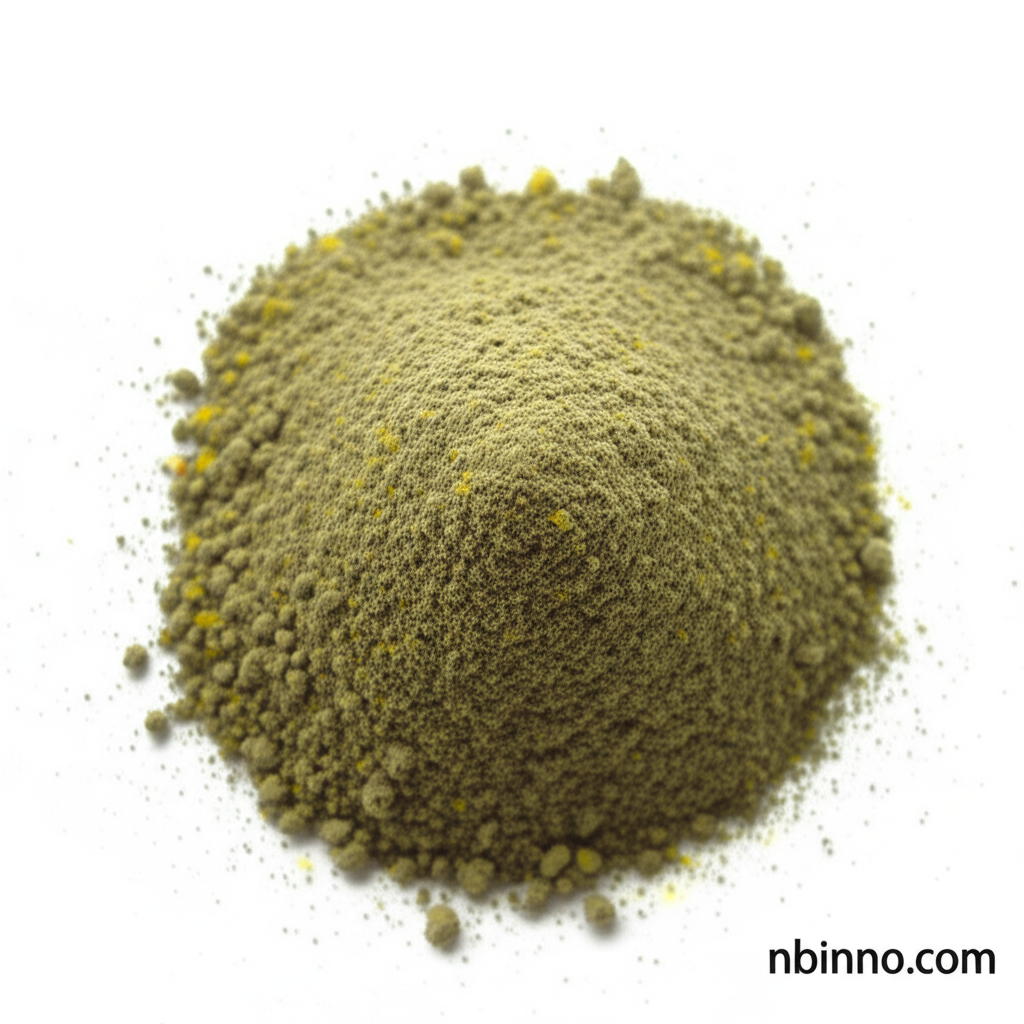2,3-Diaminonaphthalene: A Key Fluorometric Probe for Accurate Nitrite Detection
Unlock precise nitrite quantification with 2,3-Diaminonaphthalene, a vital reagent for analytical chemistry.
Get a Quote & SampleProduct Core Value

2,3-Diaminonaphthalene
This chemical compound serves as a crucial fluorometric probe, enabling the precise determination of nitrite content through fluorescence spectrophotometry. Its reaction with nitrosonium ions, generated from nitrite under specific conditions, forms the fluorescent dye 1H-naphthotriazole. This process is highly sensitive, allowing for the analysis of nitrite levels ranging from 10 nM to 10 µM, and is adaptable for use in standard 96-well plate formats.
- Accurate Nitrite Determination: Leverage the power of 2,3-diaminonaphthalene for precise quantification of nitrite in various samples.
- Fluorescence Spectrophotometry Application: Utilize its fluorescent properties to conduct detailed quantitative analysis.
- Synthesis of Advanced Materials: Explore its utility in the synthesis of photochromic compounds and complex immunosuppressants.
- Reliable Chemical Intermediate: A dependable component for various research and development applications in chemical synthesis.
Key Advantages
High Sensitivity for Nitrite
Detect as little as 10 nM of nitrite, providing exceptional sensitivity for critical analytical needs, ensuring you get precise results for nitrite determination.
Versatile Synthesis Applications
Beyond its analytical uses, 2,3-diaminonaphthalene is instrumental in the synthesis of novel photochromic compounds, expanding its role in materials science.
Established Analytical Reagent
A trusted chemical intermediate for research and development, supporting advancements in areas like the synthesis of immunosuppressants.
Key Applications
Environmental Monitoring
Crucial for detecting and quantifying nitrite levels in water and environmental samples, contributing to accurate environmental analysis.
Pharmaceutical Research
A vital component in the synthesis of potential immunosuppressants and other complex organic molecules for drug development.
Materials Science
Used in the analysis and synthesis of photochromic compounds, pushing the boundaries of material innovation.
Biochemical Assays
Supports the development of advanced biochemical assays, including those for the determination of selenium content.
